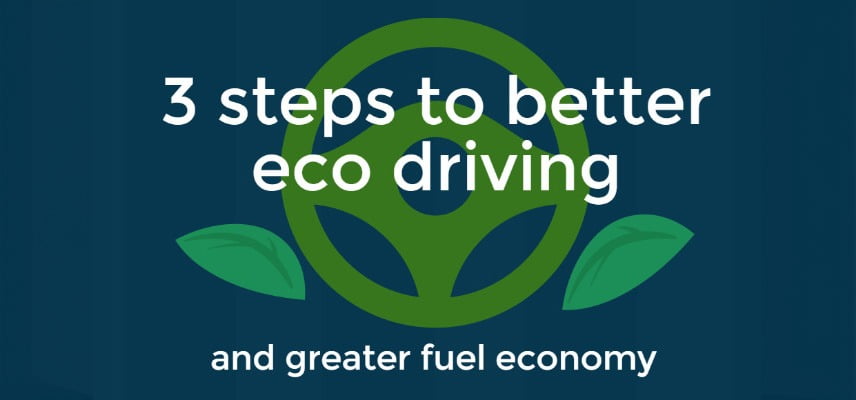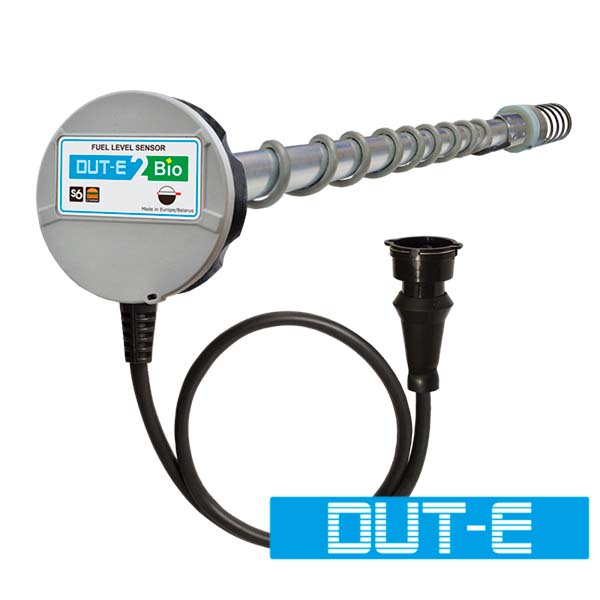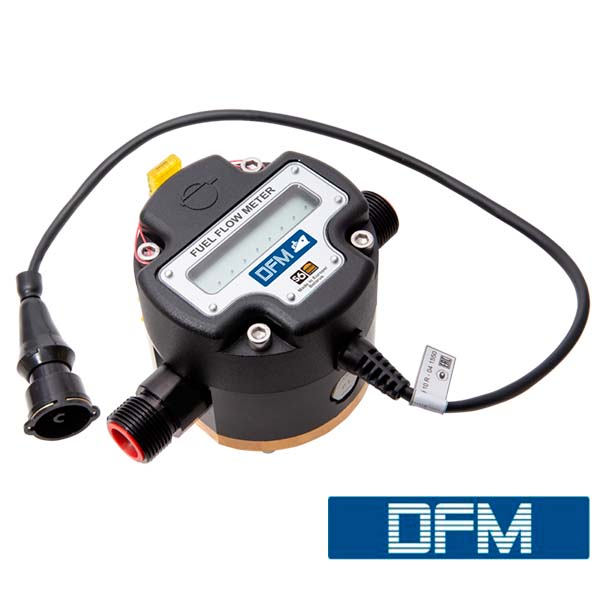Eco driving is a popular concept nowadays, even though fuel prices are a bit in a retreat. But damage to the environment is the same, and governments are closely looking into possibility to increase fuel charges to bring fuel price to the same level as one or two years ago, simply motivating it by – consumers will not feel the difference, as oil is now cheaper. This means that reduction of fuel use, optimization of consumption is as important as ever.

But how exactly Eco driving works?
Typically, it rests on a set of rules, on how driver should do his job – simple empirical observations, that are true for most of the situations. Though simple, they can bring around 8% reduction of fuel consumed – and CO2 emitted. This is the first step for Eco driving.
Basic advises are:
Use a high gear – and keep in mind your RPM
Using a high gear reduces engine RPM, so less fuel is burned. Optimal efficiency for petrol engines is to change gear at around 2500 RPM, diesel engine – around 2000 RPM.
Check your tires
Under inflated tires create more resistance when your car is moving, meaning your engine has to work harder.
Keep a steady speed and distance
Driving too close to the vehicle in front means constant breaking and accelerating, and higher consumption as a result.
Air conditioning
Using air con can consume up to 10% more fuel. Sometimes all you need is an open window – but not on a highway!
And many, many more. But in today’s world, it is possible to go beyond simple empirical observations. Each vehicle even within one model line can have slightly different specifics in regard to fuel consumption, leading to different final effects of Eco driving. Some drivers trying to follow such rules, but fail to save anything, some just do not care of their manager’s orders on fuel saving and some simply too forgetful. All that leads to inefficiencies in driving styles – but that could be easily overcome by constant monitoring of vehicle, and how it is driving – with the use of artificial intelligence. This can be called an second step to decrease fuel consumption.
Eco driving within GPS tracking
Most of modern GPS tracking companies provide Eco driving as one of their core solutions. They usually accumulate information on acceleration and braking either from GPS data or from CANbus of the vehicle. (to see why in my opinion CANbus fuel data is not accurate for this purposes – see this post).
By analyzing acceleration and braking, over speeding and idling, GPS tracking software is able to draw a map of your route and show you green, yellow and red parts of your route on the map, corresponding to optimal, normal and excessive consumption during your trip, so next time you can double think how to optimize your driving.
This variant will not show you how much fuel in this particular trip you have used, how much fuel was burned during this particular turn you like so much.
Accurate control over consumption
But by implementing fuel monitoring sensors into GPS tracking solution (to see how to integrate them – check out this post), this all becomes a reality.
With high-precision fuel sensors, counting each drop of fuel, burned by the engine, software gets the ability to compare behavior of one driver within a day, week or month in terms of fuel actually burned, not just some basic assumptions. Drivers could learn from each other, management can promote well-behavers and work with each separate individual on increasing their efficiency, results of which would be more than evident – both for management and drivers, increasing will to follow eco driving tips within the whole company, giving the third, most efficient step to achieve results with eco driving.





